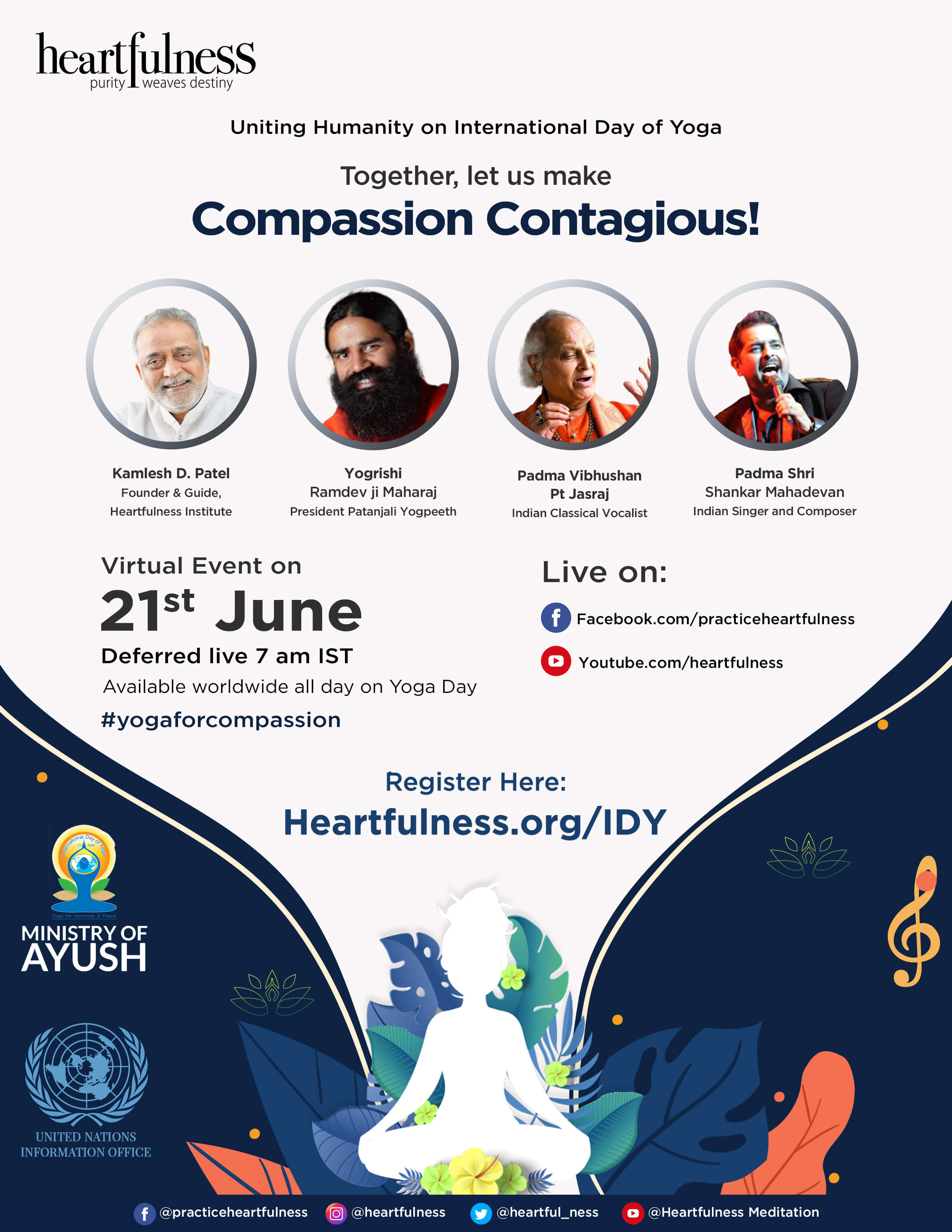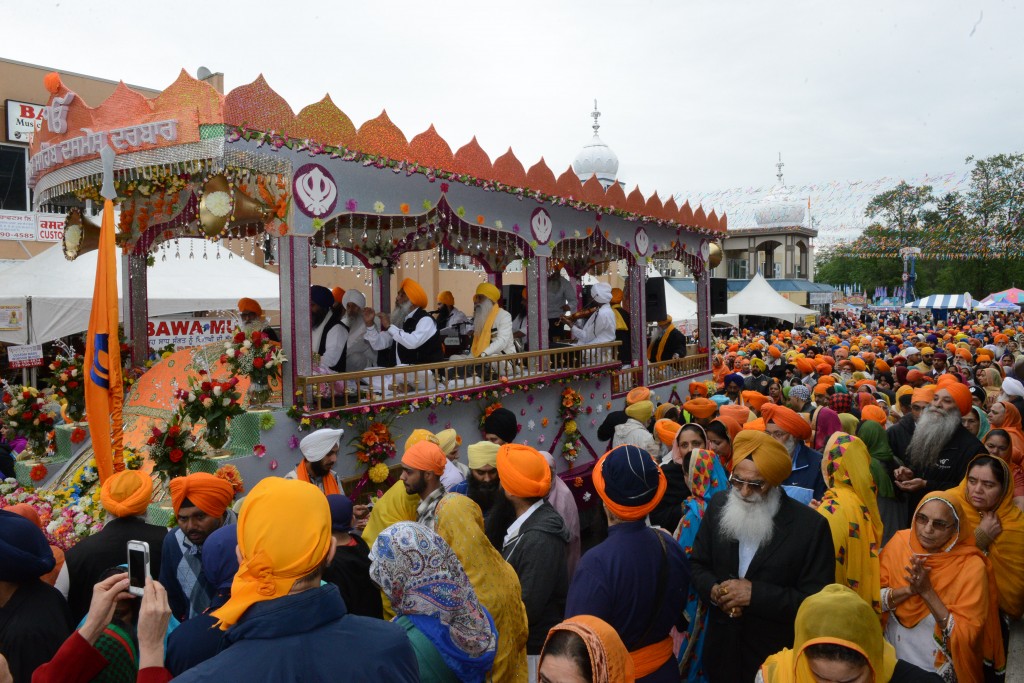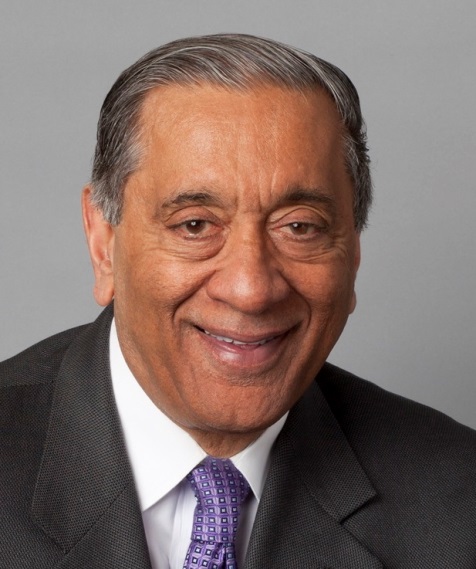DESIBUZZCanada
Events Listings
Dummy Post

International Day Of Yoga To Be Virtually Celebrated Saturday At 4pm

CANCELLED: Coronavirus Fears Kills Surrey’s Vaisakhi Day Parade

ADVERTISE WITH US: DESIBUZZCanada Is The Most Read South Asian Publication Online

SURREY LIBRARIES: Get Technology Help At Surrey Libraries

WALLY OPPAL: Surrey Police Transition Update On Feb. 26

GONE ARE THE DAYS - Feature Documentary Trailer

Technology Help At Surrey Libraries

Birding Walks

Plea Poetry/short Story : Youth Contest

International Folk Dancing Drop-in Sessions
Is Capitalism Unsuitable For Pluralistic India?
- May 7, 2016



Even though it appears that India is doing better with the capitalism, yet this is far from the truth. This impression is mostly the result of western propaganda. The western media tries to present India as a more successful model than China. However, when it comes to the percentage of population which has benefited from development, China seems to be far ahead than India. China has been able to control its population and China has been able to pull the majority of its population out of poverty. India, on the other hand, seems to have failed on both of these fronts.

By Dr. Sawraj Singh
After independence, India has basically tried two different models of development. The first was before the collapse of the Soviet Union and can be called a pluralistic model. The second started after the collapse of the Soviet Union, when India went all out for the western capitalist model (mainly the American consumerist capitalist model). Even though it appears that India is doing better with the latter, yet this is far from the truth. This impression is mostly the result of western propaganda. The western media tries to present India as a more successful model than China. However, when it comes to the percentage of population which has benefited from development, China seems to be far ahead than India. China has been able to control its population and China has been able to pull the majority of its population out of poverty. India, on the other hand, seems to have failed on both of these fronts. The population explosion seems to be eroding all of the gains of development, and instead of pulling people out of poverty, we pushed more people below the poverty line. The benefits of the current development are mostly limited to the westernized elite rather than the population at large.
I feel the main reason for this state of affairs is that our model of development is incompatible with the ground reality. India is a truly pluralistic society. It can be called a multicultural and multinational society. The western capitalist model, particularly its highest stage, Globalization, represents the peak of uniformity and homogeneity. Therefore, it goes fundamentally against India’s peculiar conditions. India needs a pluralistic model of development which can cater to its diverse conditions both in terms of people as well as its geographical and topographical conditions. India is not only culturally diverse, it is also diverse in climate, physical conditions and levels of development.

Before the collapse of the Soviet Union, India was following what can be called a Nehru-Gandhian model. This was a hodge-podge and mixed model which could qualify as a pluralistic model because Nehru and Gandhi not only had different concepts of development, their perceptions were many times opposite to each other. Nehru was impressed by the highly urbanized development of the West. However, he was also impressed by some elements of the Soviet model of development, particularly the highly centralized planning. Nehru’s model can be called a mixture of the western capitalist model with the highly centralized planning of the Socialist countries. India’s emphasis was on the five-year development plans.
The Gandhian model was more rural-based with an emphasis on decentralized planning. India’s development model could be called a true pluralistic model because it had elements of the western capitalist model, Soviet socialist model and Gandhi’s indigenous model. This hodge-podge and mixture actually worked better than the present, pure western capitalist model. The priorities of the Indian leaders had concern for the majority of the people such as healthcare and education. The population needed to be controlled and epidemics of infectious diseases such as malaria, smallpox and tuberculosis needed to be eradicated or controlled. Education should be brought to the masses by making primary education available in the rural areas as well as in the remote areas.
With the adoption of the western capitalist model, all our priorities have changed. The programs which were supposed to help the masses and the majority of the population have either been abandoned or have become a low priority. The development is mostly focused on diverting our national resources to the westernized elite. We are more concerned about bullet trains as well as diverting more resources to the cities of the elite such as Chandigarh and Gurgaon, rather than improving the existing facilities and cities, which can help far more people. Similarly, our education and healthcare are now being developed more for the westernized elite rather than the ordinary people. In the equation between the elite and the masses, we are heavily tilting towards the elite.

Pluralism has been an integral part of Indian thought and spirituality. The six Shastras or the Indian Schools of Philosophy, are a good example of the Indian pluralistic tradition. The Jain story of a group of blind people going to visit an elephant is a very good example of pluralism. These people touched the elephant and afterwards each described the elephant according to the part of the elephant he felt. The man who felt the trunk described it as a snake; the one who touched the ear described it as a fan; and the person who felt the leg described it as a pillar. In each reality, there are multiple realities, and our experience of the reality depends upon the part of reality which we experienced. Therefore, more than one person can be right at the same time and for one person to be right, the others do not have to be wrong. Pluralism leads to tolerance and it leaves us open to try alternative models of development which can be more suitable and useful under different conditions.
In the present capitalist globalization, there is no room for any alternative to its uniform model of development. This globalization is based upon absolutism. Whereas, pluralism is related to relativism. Sri Guru Granth Sahib can be considered the zenith of Eastern philosophy and spirituality. The concepts of pluralism, diversity and multiculturalism are very well-elaborated in Sri Guru Granth Sahib. One example of this is that about 55 different languages, including many regional Indian languages, have been used in Sri Guru Granth Sahib. Language can be considered the foundation of a culture. The concept of pluralism in Sri Guru Granth Sahib is based upon the principle of unity in diversity. Not only India needs this concept, but this is an alternative to the current pseudo-Globalization. This concept is also the foundation of the emerging world order, a Multipolar world.
Dr. Sawraj Singh, MD F.I.C.S. is the Chairman of the Washington State Network for Human Rights and Chairman of the Central Washington Coalition for Social Justice. He can be reached at sawrajsingh@hotmail.com.


















